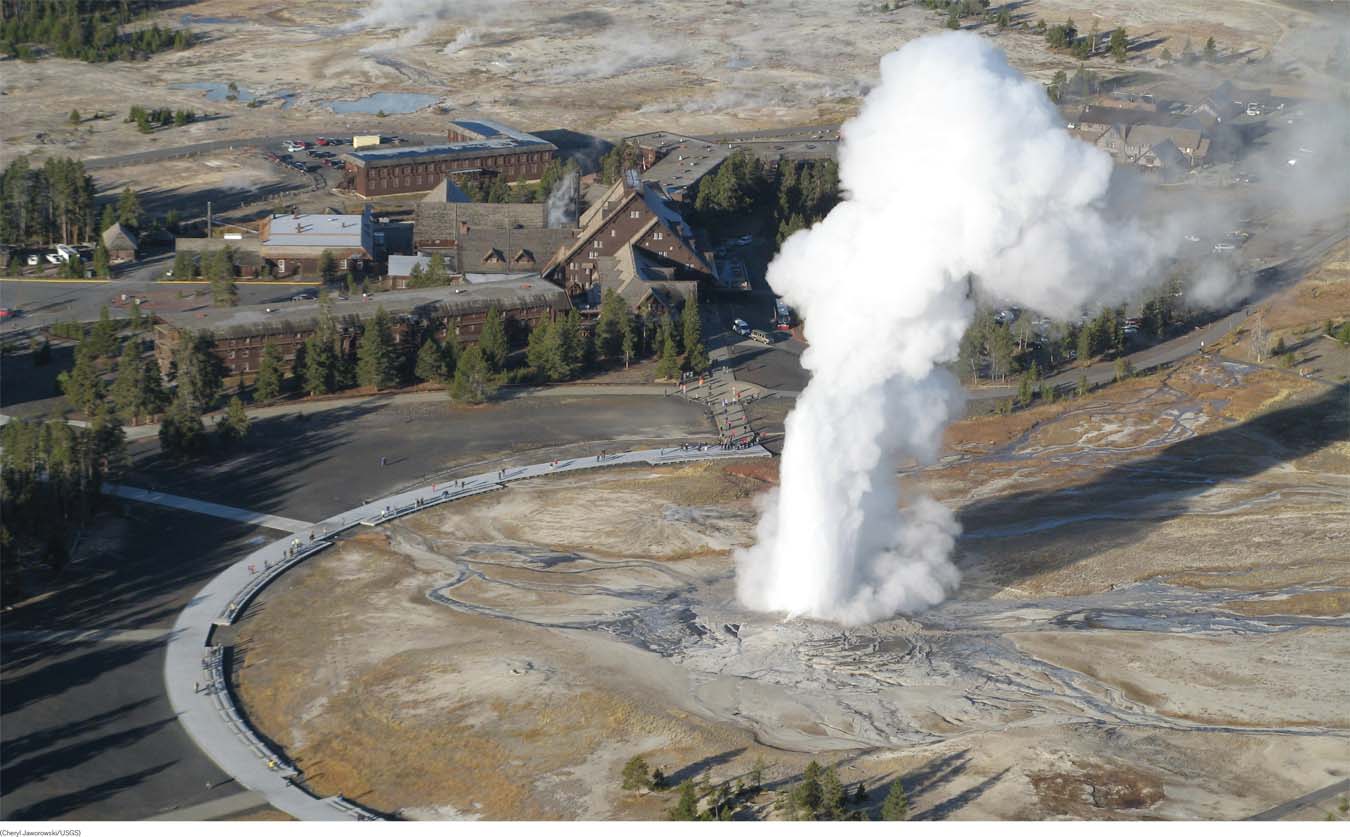Chapter Introduction
92
CHAPTER 4
Species and Ecosystem Diversity

93
Central Question: How can we protect Earth’s diverse ecosystems?
 SCIENCE
SCIENCE
Explain influences on patterns of species, ecosystem, and geographic diversity.
 ISSUES
ISSUES
Analyze human impacts that threaten species and ecosystem diversity.
 SOLUTIONS
SOLUTIONS
Discuss the keys to sustaining species and ecosystem diversity.
Protecting Yellowstone’s Diverse Ecosystems
94
conservation The protection, management, or restoration of species, ecosystems, or natural resources.
Yellowstone National Park, established to protect unique geologic features, became a global model for protecting large areas with high ecological and conservation value.

When the first American explorers visited the Yellowstone region in the early 1800s, they were astounded. Their accounts of boiling pools and spouting geysers in a landscape bathed in sulfurous fumes were thought to be the tall tales of frontiersmen. It was only after official government expeditions confirmed these early reports that the descriptions were believed.
In 1872 the U.S. Congress designated Yellowstone as the first national park in the world. Covering nearly 9,000 square kilometers (3,475 square miles) of mountainous landscape, Yellowstone National Park exceeds the combined areas of the states of Rhode Island and Delaware. Today, Yellowstone is the largest area of ecologically intact north temperate landscape on Earth. Its ecosystem is home to the largest herds of elk in North America, and it is one of the few remaining areas in the lower 48 states where the magnificent grizzly bear still roams in significant numbers. Greater Yellowstone serves as wintering ground for the rare trumpeter swan, and is home to the largest free-
95
“Thank you but we do not print fiction.”
Editor in response to early descriptions of the Yellowstone landscape, Lippincott’s Magazine (1869)
As we learned in Chapter 3, restoring the wolf population to the landscape was just one part of the task required to maintain Yellowstone’s functioning ecosystems. Because Yellowstone is surrounded by landscapes highly modified by human actions and occupation, there are a number of threats to its ecological health, and the national park requires active management to maintain its ecological integrity. Park managers must prevent bison populations from expanding too rapidly, which would harm the landscape and cause conflicts with ranchers outside the park. They also allow moderately sized fires to burn regularly in the forests to prevent catastrophic ones and to maintain meadow ecosystems. In addition, they monitor and control some 212 species of exotic plants. In other words, conserving Yellowstone’s biodiversity requires strategies that are more comprehensive than the species-
One reason to preserve ecosystems is that we enjoy the experience of hiking through a beautiful forest, for example, and spotting wildflowers or animals. Another reason is that maintaining biodiversity provides practical benefits, ranging from clean water to climate control.
Central Question
How can we protect Earth’s diverse ecosystems?